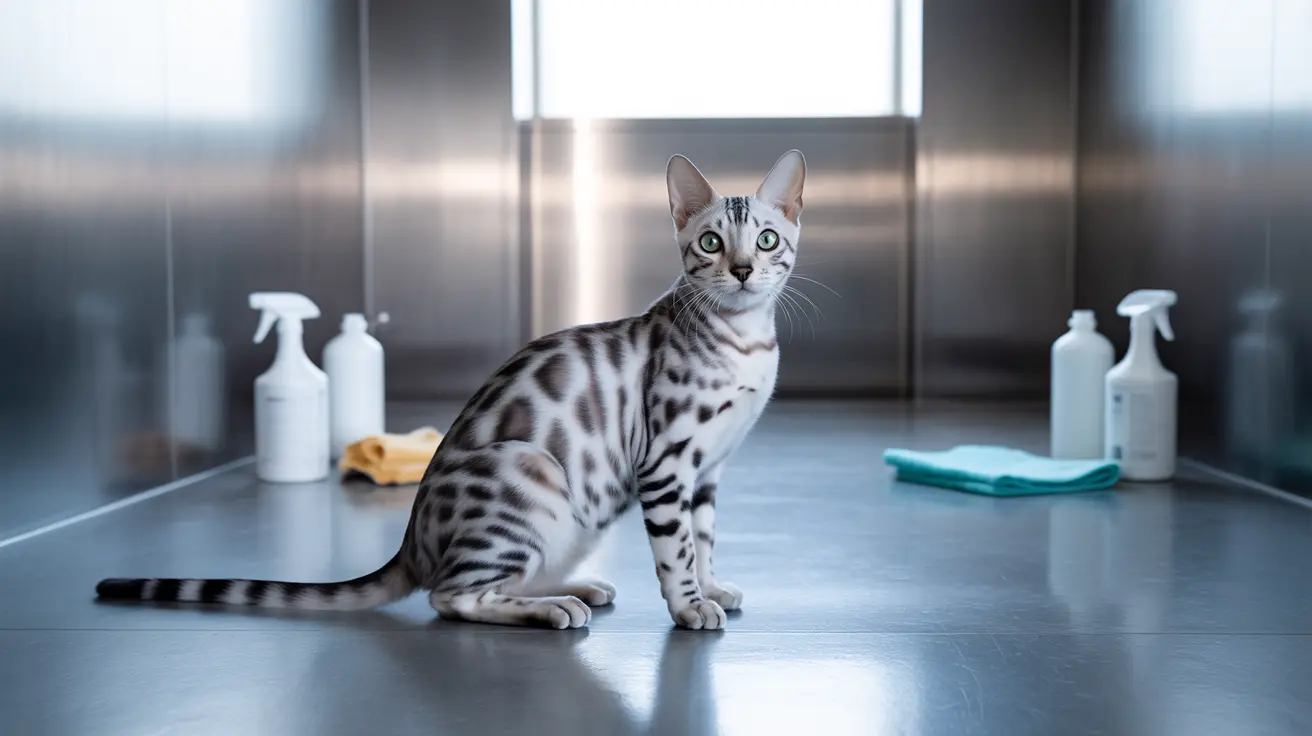Required Quarantine Duration for Cats with Ringworm
The standard quarantine period for a cat with ringworm typically ranges from 2-4 weeks when aggressive treatment is initiated immediately. However, in many cases, complete isolation may need to extend to 4-6 weeks or even longer, depending on your cat's response to treatment.
The most reliable way to determine when quarantine can safely end is by obtaining two consecutive negative fungal cultures, usually taken 2-4 weeks apart. This testing protocol ensures your cat is no longer contagious before allowing them to resume normal activities.
Treatment Protocols During Quarantine
Effective treatment is essential for minimizing the quarantine period. A comprehensive approach typically includes:
- Topical treatments (antifungal shampoos, lime sulfur dips)
- Oral antifungal medications
- Regular grooming and cleaning of the affected areas
- Environmental decontamination
Most cats require at least 4-6 weeks of consistent treatment, though some cases may need several months of therapy for complete resolution.
Managing the Quarantine Environment
Creating an effective isolation space is crucial for controlling the spread of ringworm. The quarantine area should:
- Be easily cleanable with minimal fabric surfaces
- Have dedicated cleaning supplies and equipment
- Be well-ventilated but separate from other living areas
- Include washable bedding and toys that can be regularly sanitized
Daily cleaning and disinfection are essential, as ringworm spores can survive in the environment for up to 18 months without proper sanitization.
Monitoring Recovery and Treatment Progress
During quarantine, carefully monitor your cat for signs of improvement, including:
- Reduction in visible lesions
- New hair growth in affected areas
- Decreased scaling and redness
- General improvement in skin condition
Keep detailed records of treatment dates and any changes in symptoms to share with your veterinarian. This information helps determine when it's safe to end quarantine.
Frequently Asked Questions
How long should I quarantine my cat with ringworm to prevent spreading the infection?
Quarantine your cat for a minimum of 2-4 weeks with aggressive treatment, extending to 4-6 weeks if necessary. Continue isolation until you obtain two consecutive negative fungal cultures.
When can I safely stop isolating my cat with ringworm—how do negative fungal cultures affect quarantine length?
You can stop isolation after receiving two consecutive negative fungal cultures, typically taken 2-4 weeks apart. This usually occurs after 4-6 weeks of treatment but may take longer in some cases.
What are the best cleaning methods to decontaminate my home while my cat is being treated for ringworm?
Use a 1:10 bleach solution or accelerated hydrogen peroxide on hard surfaces, vacuum thoroughly, and wash all fabrics in hot water with bleach. Dispose of vacuum contents carefully and clean all pet items daily.
How long does ringworm treatment usually take for cats, and how can I tell if my cat is improving?
Treatment typically takes 4-6 weeks minimum. Look for reduced lesion size, new hair growth, and decreased scaling. Your veterinarian will perform fungal cultures to confirm improvement.
Can ringworm spread from my cat to family members, and what precautions should I take during quarantine?
Yes, ringworm is highly contagious to humans. Wear gloves when handling infected cats, wash hands thoroughly after contact, keep the cat isolated, and maintain strict cleaning protocols throughout the treatment period.
Conclusion
While quarantining a cat with ringworm requires dedication and patience, following proper isolation protocols is essential for successful treatment and preventing spread. Remember that the exact quarantine duration depends on your cat's response to treatment and confirmed negative cultures, but expect to maintain isolation for at least 4-6 weeks in most cases.
Always work closely with your veterinarian to determine the most appropriate quarantine period and treatment plan for your cat's specific situation. With proper care and consistency, most cats recover fully from ringworm infection.






